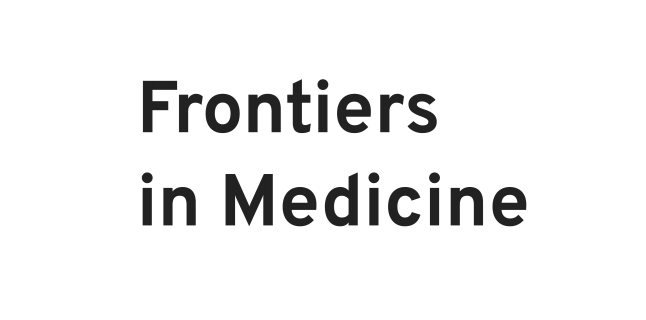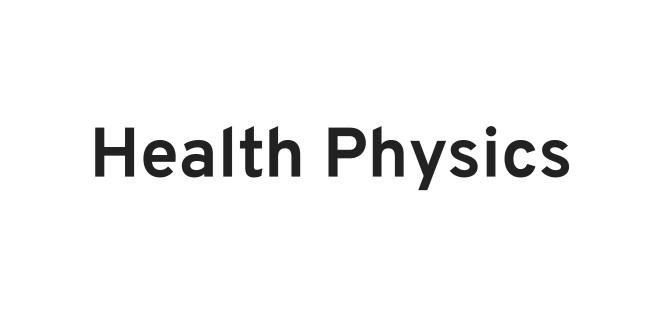Publications

Can ChatGPT help patients understand radiopharmaceutical extravasations?
A study evaluated ChatGPT’s role in educating patients on radiopharmaceutical extravasations, using a rigorous methodology from prior nuclear medicine research. ChatGPT answered fifteen questions, with responses reviewed by experts for appropriateness, helpfulness, and consistency. Results showed responses were largely appropriate and helpful, with validated references and minimal inconsistency. However, notable differences from SNMMI’s official stance highlight a need to align AI-driven information as more patients rely on online resources for medical guidance. Full Text

Case Report: Radiopharmaceutical extravasation, radiation paranoia, and chilling effect
The Society of Nuclear Medicine and Molecular Imaging (SNMMI) has stated they oppose reporting significant extravasations to patients or authorities, arguing such incidents are rare and not severe. They warn against causing unnecessary fear or reluctance toward nuclear medicine due to “radiation paranoia.” However, this stance seems at odds with actual clinical experiences, including a severe case at a center focused on minimizing radiopharmaceutical extravasations. Transparency with patients, contrary to causing fear, has been found to foster trust. Ignoring the real frequency and severity of extravasations might undermine patient confidence in the nuclear medicine community. Full Text

Radiopharmaceutical administration practices—Are they best practice?
The nuclear medicine community has stated that they are using best practices to gain venous access and administer radiopharmaceuticals, and therefore do not contribute to extravasations. We tested this hypothesis qualitatively and quantitatively by evaluating four different perspectives of current radiopharmaceutical administration practices and compared them to the gold standard of pharmaceutical administration techniques. Full Text

To tell or not to tell … the patient about potential harm
Tim Bartholow, a family practitioner and former chief medical officer for a not-for-profit payer, reflects on clinicians’ responsibility concerning extravasations. He believes it’s essential to be aware of known potential harm and to disclose such risks to patients both before an incident and if harm has indeed occurred. Full Text

Critique and discussion of “Multicenter evaluation of frequency and impact of activity infiltration in PET imaging, including microscale modeling of skin-absorbed dose”
On May 25, 2023, the Journal of Nuclear Medicine (JNM) published an article ahead-of-print entitled “Multicenter Evaluation of Frequency and Impact of Activity Infiltration in PET Imaging, Including Microscale Modeling of Skin-Absorbed Dose” … There are, however, several problems with the work that raise questions about its conclusions. The methods are not well described, the results contain errors, and the peer-review process for this manuscript appears to have lacked rigor. Full Text

Radiopharmaceutical extravasations: a twenty year mini-review
This mini-review will examine the literature of the last twenty years to summarize the history of radiopharmaceutical extravasations, determine key trends in imaging and therapies, and highlight critical gaps in research that currently exist. Full Text

The decision to reimage following extravasation in diagnostic nuclear medicine
To provide high quality service, nuclear medicine departments as well as the interpreting radiologist physicians should be cognizant of the possible need to repeat studies which have been affected by an extravasation. Full Text

Active monitoring improves radiopharmaceutical administration quality
Our findings suggest that active monitoring and the associated display of results are critical to quality improvement efforts to reduce and sustain radiopharmaceutical extravasation rates. Full Text

Transparency – a patient-centric view on radiopharmaceutical extravasations
From the patient perspective, transparency regarding extravasations is essential to improving care, ensuring radiation protection, reducing health inequities, and untangling the deeply disturbing and irregular relationship between the nuclear medicine community and their regulating body, The U.S. Nuclear Regulatory Commission. Full Text

Extravasation of radiopharmaceuticals: Why report?
Steps can be taken by radiation protection personnel at medical institutions to educate practitioners and staff about extravasations, their risks and what steps can be taken to reduce their occurrence. Further research needs to be performed to better understand the incidence rate, categorization, causes, and methods of prevention. Full text

Practical Tools for Patient-specific Characterization and Dosimetry of Radiopharmaceutical Extravasation
Accurate extravasation dosimetry requires characterization of the event. In this work, we developed three extravasation characterization and dosimetry tools, validated each against published data, and demonstrated their utility in a realistic clinical workflow. Full Text

Development of a classifier for [18F] fluorodeoxyglucose extravasation severity using semi-quantitative readings from topically applied detectors
The topical detector binary classifier, calibrated using quantitative static PET measurements, significantly improves extravasation detection compared to qualitative image analysis. Full Text
